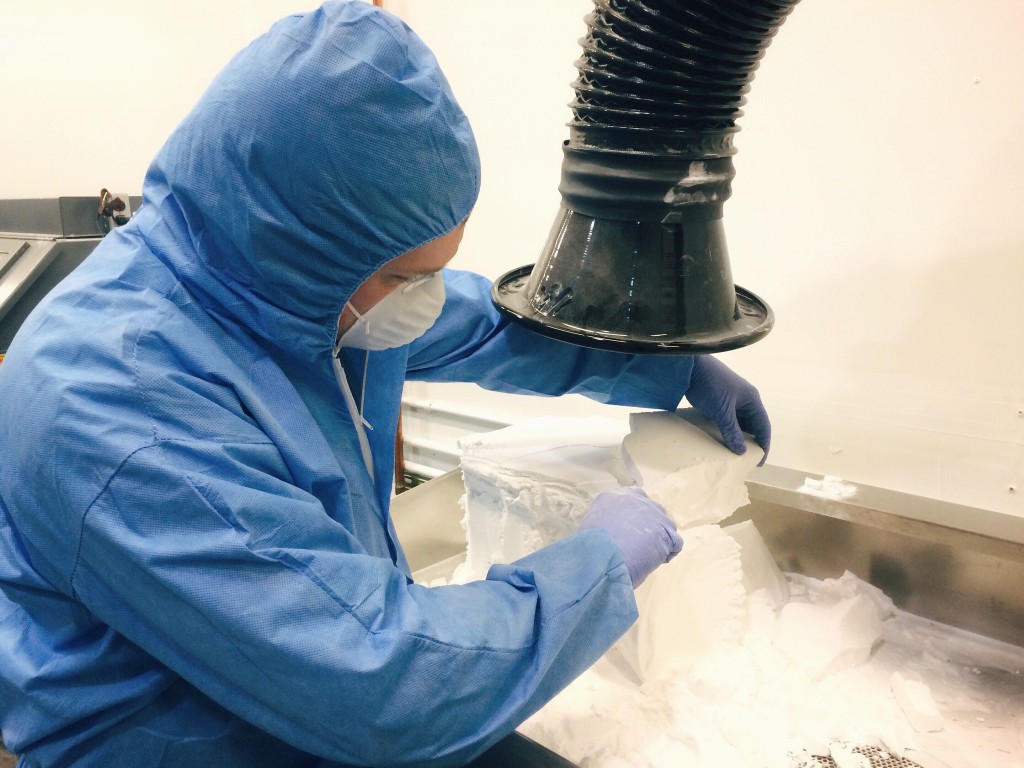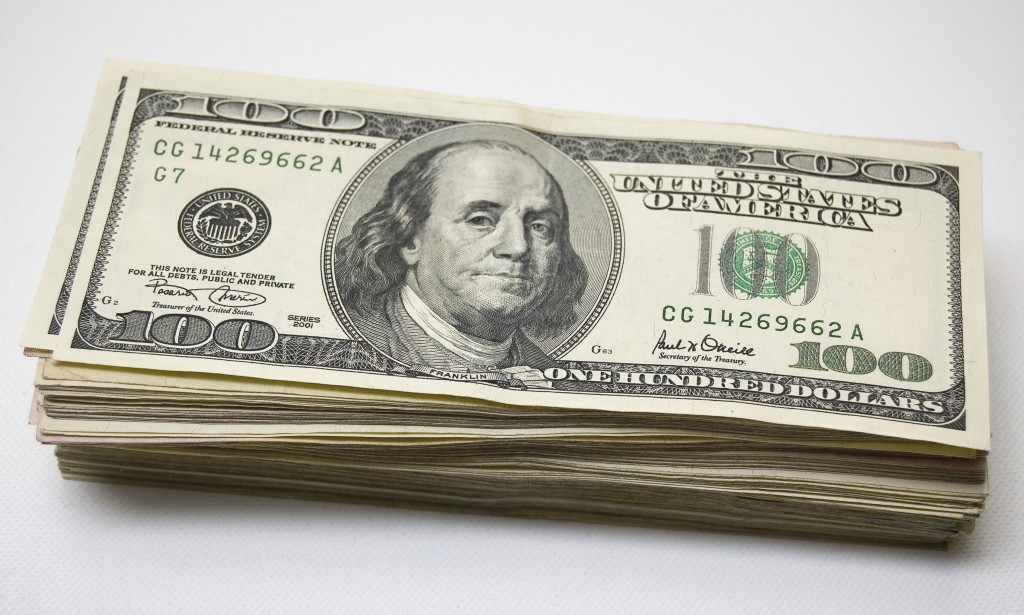Many people exploring advanced manufacturing options are curious about the cost of 3D printing. Determining the cost of a 3D printing project can be tricky because the technology is relatively new and many companies differ in the way they structure their pricing. By familiarizing yourself with the basic costs associated with 3D printing, you can get a general idea of how prices are determined and know what questions to ask when you request a quote.
While traditional manufacturing requires the high initial cost of tooling (creating the proper molds), and an additional cost for each product, 3D printing is much more affordable on the front end. A 3D printer can immediately begin printing virtually any part as soon as the machine has a digital 3D model on which to base the building process. The model’s complexity typically does not affect cost of manufacturing.
Instead, cost is generally based on two simple variables:
- The volume of materials used.
- Any labor associated with finishing parts after printing.
Because SLS technology uses powder-based materials, every part must be removed from the surrounding powder and cleaned of any excess material, which feels a lot like flour. Some parts will require in-depth cleaning to clear small tubes or cavities of the powder inside. Depending on their end use, some parts require additional finishing services like hand sanding or dying, which incurs an extra labor fee.

To clarify, different 3D printing methods have different costs due to the price of building materials, as well as total build time. For the purposes of this post, we will explore the pricing for selective laser sintering (SLS), which is Ultimate 3D’s current focus.
A cost metaphor
To get a picture of how costs are incurred in the printing process, let’s use a baking metaphor. First understand that SLS forms products from a powder that turns into a solid when it comes in contact with a laser. SLS building materials include different kinds of powder that vary in price, some more than others. The products are created layer by layer within a build chamber, so the flat surface area is fixed, while the height of the total build is the flexible variable.
If you were to print just one layer of plastic cookies, the build would be shallow—like the shape of a cookie tray, with powder filling the spaces between all the cookies so it’s a solid powder slab.
In another scenario, say you’re printing a birthday cake. The build size will be much larger because the flexible variable, height, has increased. The birthday cake sits on the same size of cookie sheet, completely surrounded in powder up to its very top so you have a big cube of loose powder with the solid cake safely inside. The powder costs money, and the taller the build, the longer it takes to make. Luckily, the surrounding powder can be recycled a few times when handled properly.
So, which is more expensive to print? Some companies will charge for the total volume of the build, whether the powder is loose or “baked,” making the cake much more expensive because it’s taller. Other companies will charge only for the amount of batter baked, so if the cookies altogether have more volume, the cookies could actually be more expensive. Still, other companies might charge for a combination of these variables or have an even more complex pricing system.
If you’re hungry now and still have no idea what to expect if you ever want to 3D print something, we’ll explain how Ultimate 3D charges for 3D printing:
How Ultimate 3D sets your price.
Pricing is based simply on the amount of powder “baked” into a solid. Regardless of height or other factors, the customer pays for the volume of their finished products, measured in cubic centimeters. Customers will also receive volume discounts for higher volume orders. Finally, finishing services such as sanding or dying factor into the final cost.
Pricing per cubic centimeter will differ between companies, starting at a few dollars per cubic centimeter and rising with more expensive materials or processes. The cost of materials (some of much more expensive than others), the volume of the project, the experience of the company, and the necessary post-printing services will all affect the final cost of 3D printing.
One fascinating aspect of the cost issue is that because commercial 3D printing is relatively new, we can expect certain costs to adjust as the technology becomes more common.
How to get a good price for 3D printing services.
If you’re going to pursue 3D printing services and you want to save on dollars and cents, call around for a few quotes to see where you can get a good product for a fair price. It’s good to keep in mind that while professional 3D printers can make parts with exceptional quality, the technician’s understanding of the proper techniques for printing with each material will affect the quality of the part, including its durability and appearance. You can’t go wrong by asking some questions to make sure you’re getting the best product.

